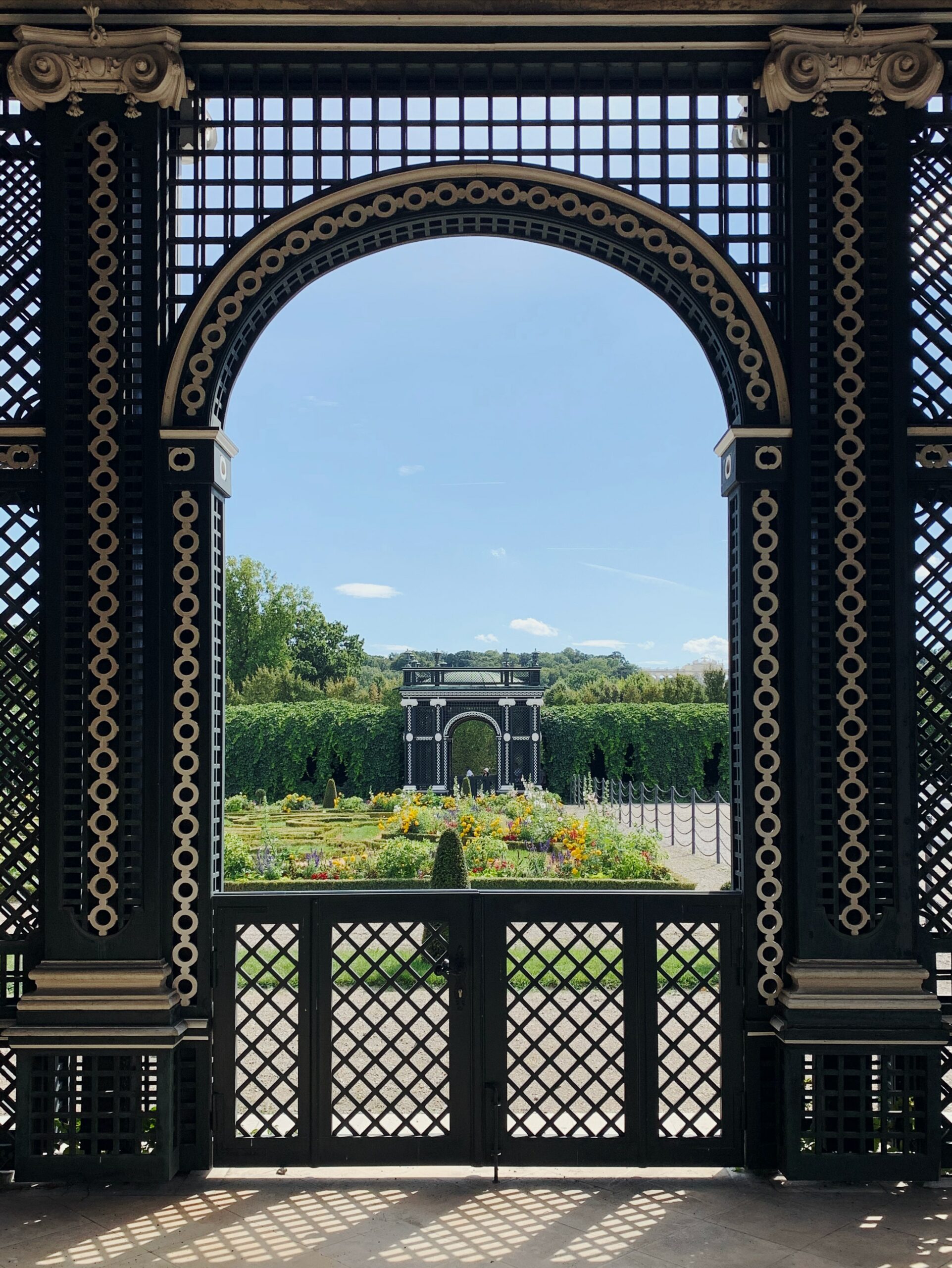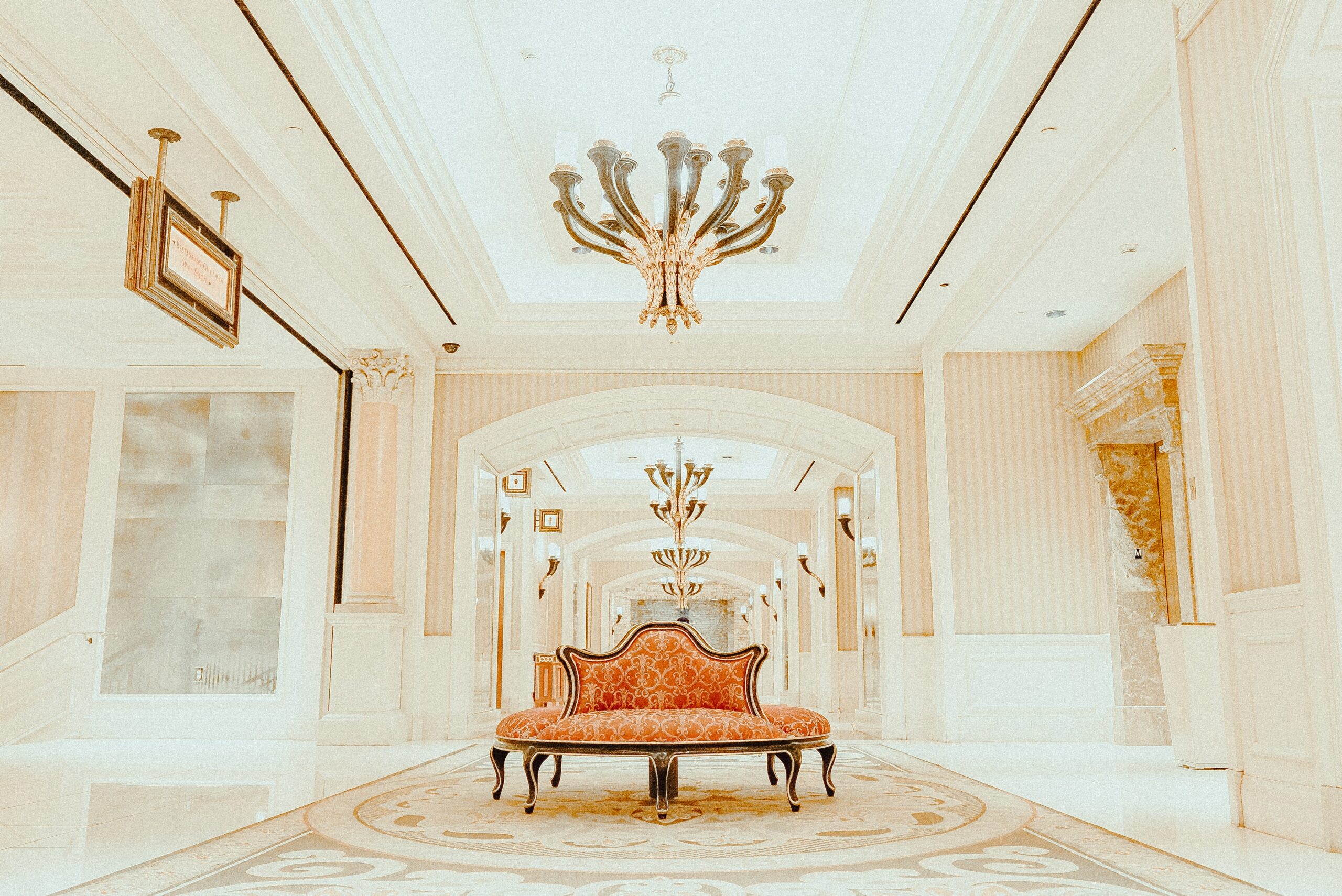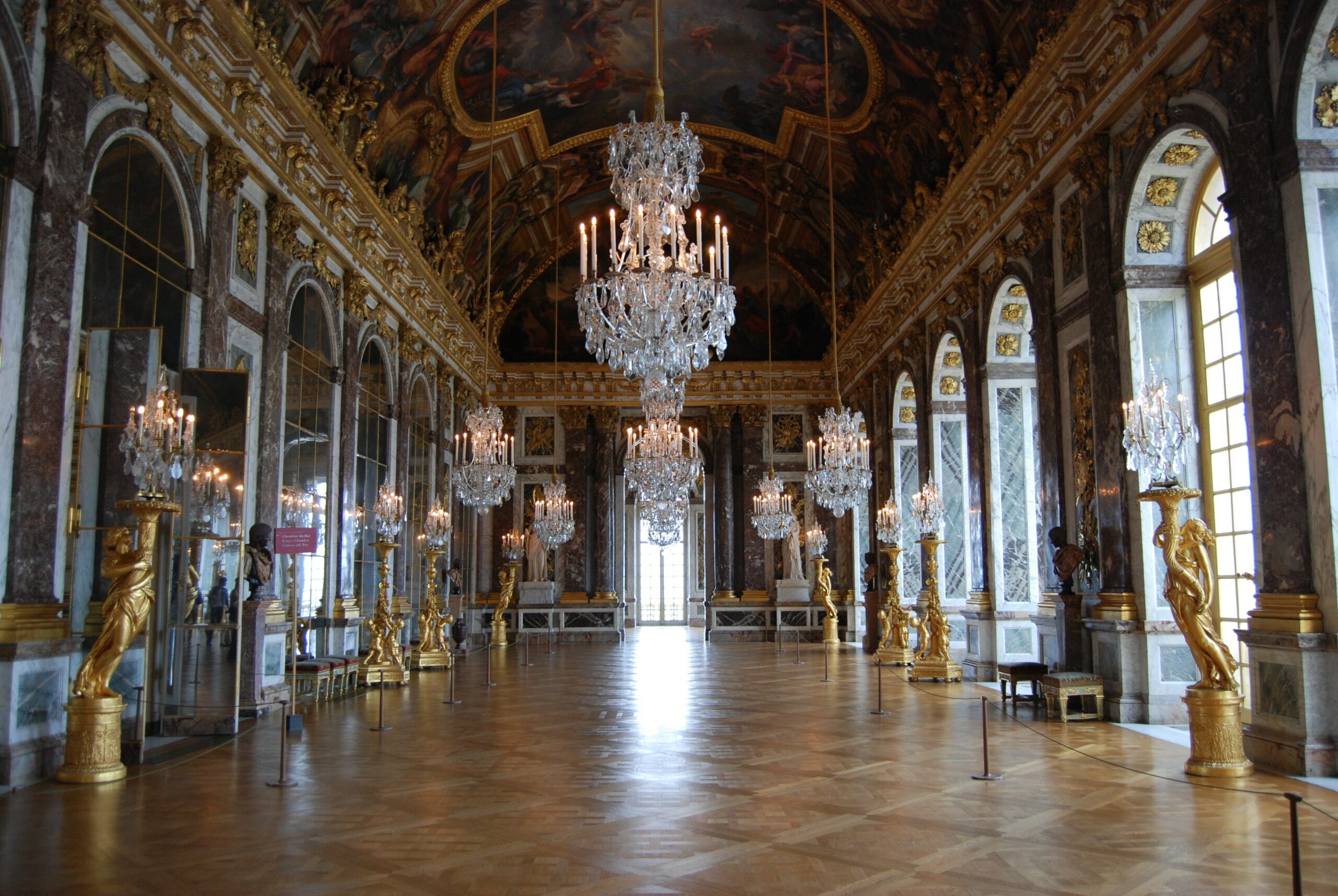...
The Gainsborough family estate in Lincolnshire has been around for over five hundred years. It is a superbly preserved English historical monument dating back to the Middle Ages. The mansion was built by Sir Thomas Berg in 1460. Some fragments of the house are of wood, but the bulk of it is brick.
In 1510 Sir Thomas Berg's son Edward Berg was declared insane and isolated from society on the family estate. He died in 1528, and a year later his son and heir, Sir Edward, married Catherine Parr. King Henry the Third visited Gainsborough twice: in 1509 and again in 1541 with Queen Catherine Howard. The Queen was soon accused of disrespectful, reckless behaviour and had her executed. Catherine Parr, by this time a widow, became Henry the Third's sixth wife.
The ancestral home of Gainsborough was sold in 1596 to William Hickman, a London merchant, who modernised the building - including the east wing. Today, the Hall, with its elaborate wooden roof, is an authentic medieval kitchen-room. There are two open fireplaces with enough room to roast a whole ox and two chimney ovens. It's rumoured to be haunted by the ghost of the Grey Lady. Legend has it that she fell in love with a poor soldier and was prepared to elope with him in secret. Her father, a wealthy landowner, discovered their secret plan and locked his daughter in the manor tower, where she died of a broken heart.



